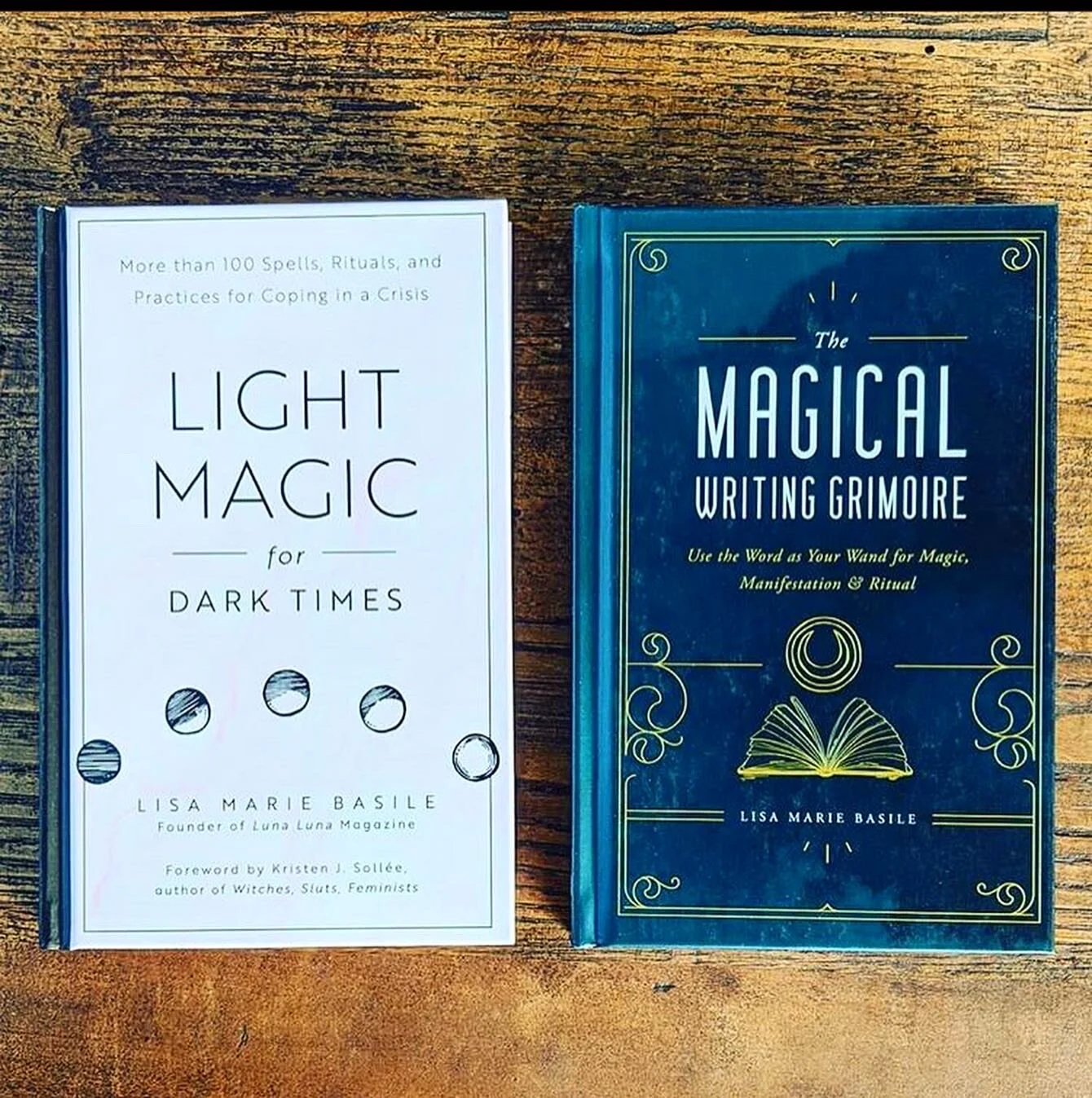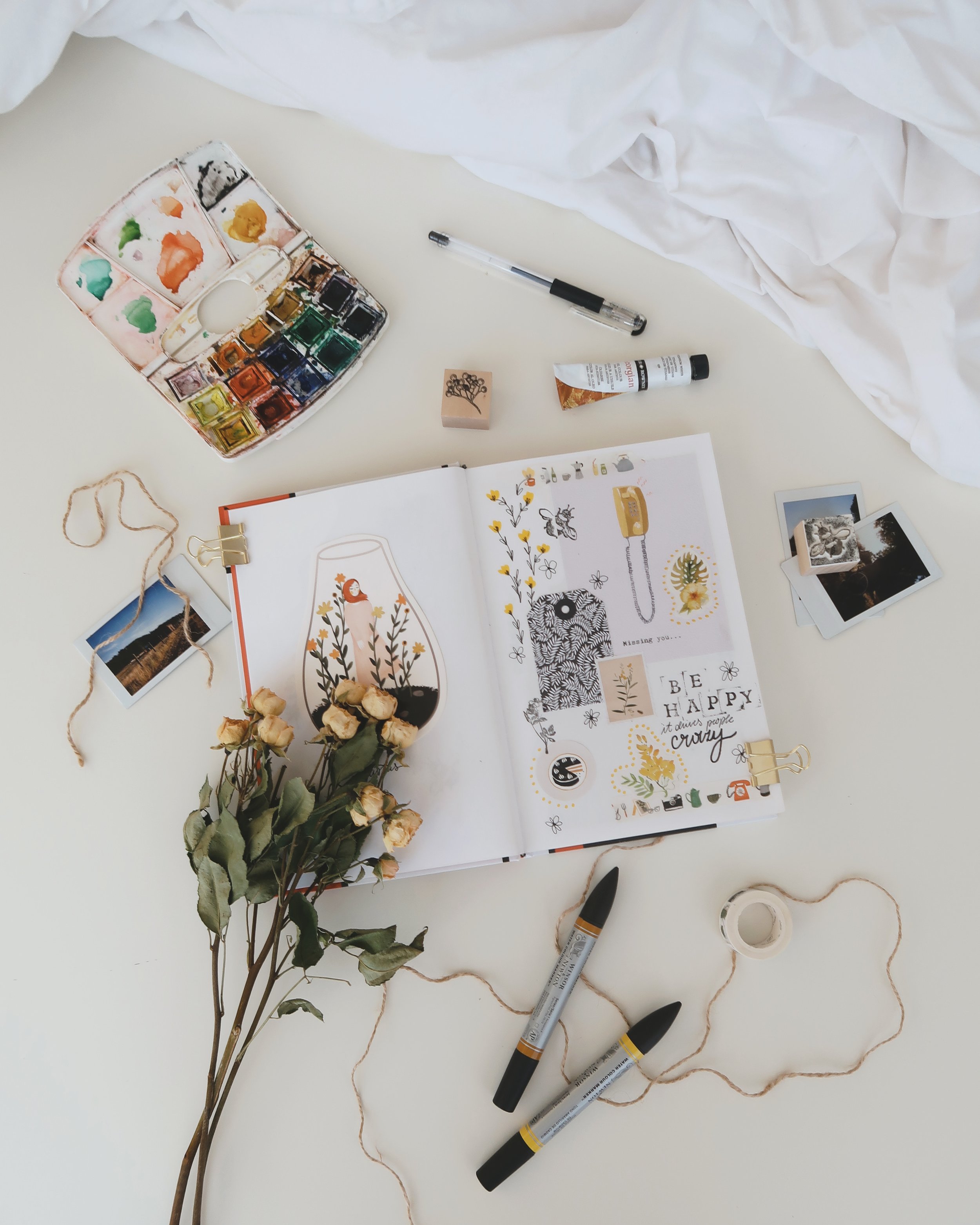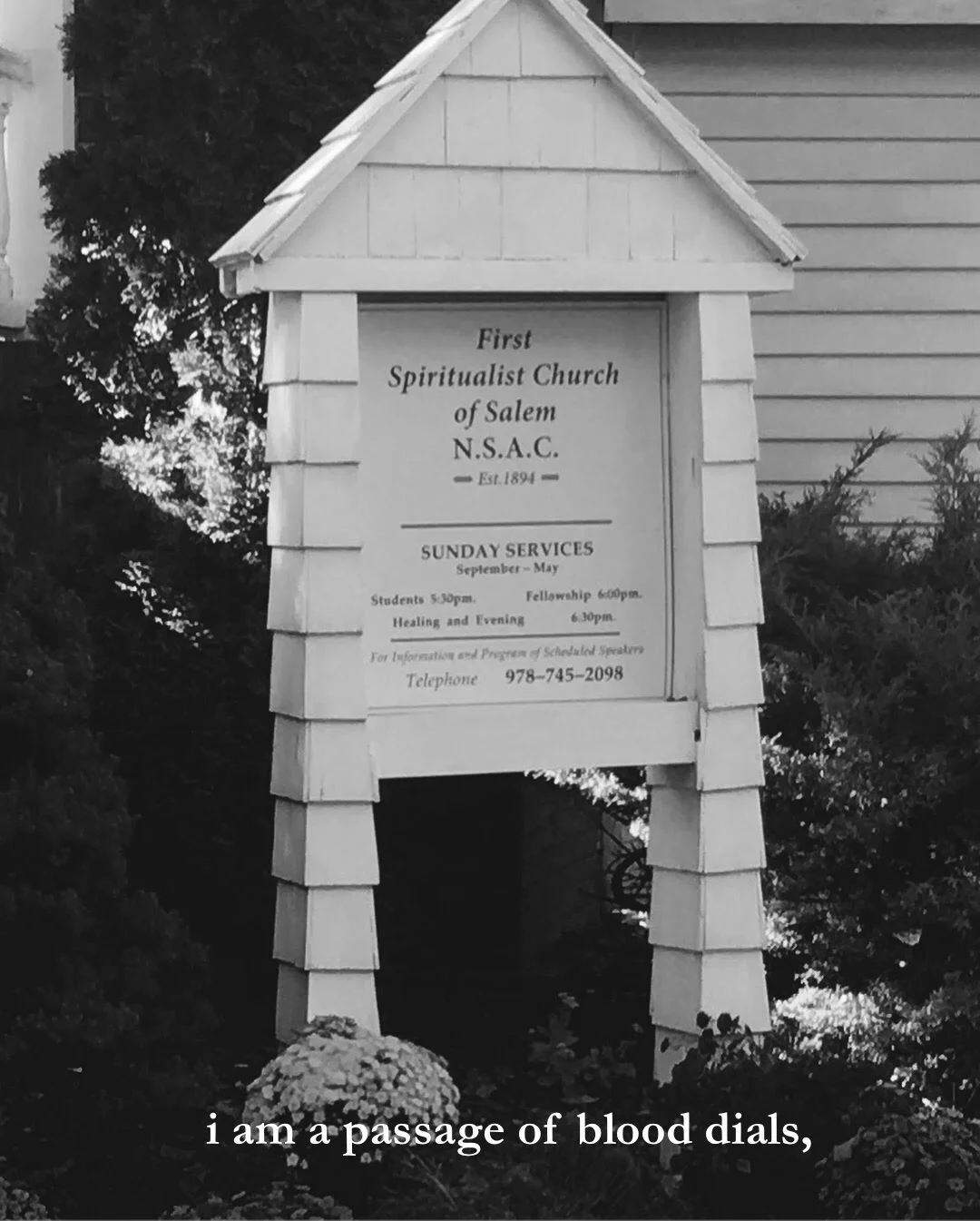BY PATRICIA GRISAFI
The file name is embarrassing enough: “Sylvia Plath and My Fabulous Genius Paper.” The essay itself is excited, earnest, overblown, quick on impressions - in essence, a typical college English paper written by an enthusiastic fan. But I look back at this sloppy, eager mess of words with kindness and generosity, as it’s probably one of the most sincere documents I’ve ever written - and a genuine attempt at self-discovery.
The actual title of the essay is less mortifying than its file name: “Sylvia in the Lion’s Mouth: Symbolic Transformation and Rebirth in ‘Ariel.’” A long-time Plath reader and budding scholar, I spent hours in the college library making exciting discoveries about her life. One day, I learned that Plath practiced the Tarot. Although I had observed Tarot imagery in poems like “Ariel,” “Daddy,” “The Hanging Man,” and others, I hadn’t known that Plath and husband Ted Hughes used tarot cards, the Ouija board, and divining tools to help foster creativity. So, for my sophomore college poetry class, I decided to write an essay on Plath and the Tarot, specifically lion imagery in “Ariel.”
Perched on my desk chair like I imagine Beethoven at the piano - crazy-eyed, hair flying - I pounded out what I thought was the most incredible essay on Sylvia Plath. Not only would the language impress my professor, who was one of those serious, sweater wearing, name dropping kinds (“We had Robert Pinsky over the other night for tea”), but my argument would be wholly original. Surrounded by seven beta fish all named Rasputin, piles of books, and my Tarot pack, I worked deep into the night.
I’m not very spiritual, and I don’t practice the Tarot anymore. But at the time, I was entranced by the cryptic images of the Raider-Waite deck and consulted the cards constantly. The card I was most interested in was Strength.
Even though I remember my sophomore year of college as a time of discovery, fun, and experimentation, my life leading up to that point had been somewhat troubled. For most of my adolescence, I suffered from unchecked depression and anxiety and often felt powerless, invisible, and misunderstood. I would meditate on the Strength card, transfixed by the calm expression on the woman’s face as she nonchalantly pries open the lion’s jaws (looking at the card now, she seems to be merely petting the lion’s snout as he looks lovingly at her, and I wonder why I saw such violence when currently I see none). I read deeply into the struggle between the woman and the lion. Like most burgeoning academics, I tried to work out my own psychodrama through literary analysis. Here’s an excerpt from my bad college essay:
“God’s lioness” (4) is a loaded image that describes the horse and the poet as they become one during the ride. Merged with the animal, the speaker obtains a sense of power and strength not previously apparent within her. In the Tarot tradition, the “Strength” card depicts a woman wrestling with, prying open, or closing the jaws of a lion is usually depicted. This is an act of brute force; the woman’s intention is to elicit cooperation from the wild beast.
The “Strength” card symbolizes inner spiritual strength and fortitude, overcoming obstacles, and victory against overwhelming odds (Hollander 64-65). More so, the lion is also symbolic of desperate boldness, the fire within, the ‘beast within,’ fear, passion, and loss in surrender. Through rebirth, the speaker wishes to gain all of these qualities. She surrenders, losing the psychological battle but winning the creative one.
As a college English teacher, I would be quite pleased to receive an essay with a section like this. I might turn to my colleagues with a silly smile and declare that we’ve won ourselves a new Plath devotee, as if we ran a secret club. We might laugh about the essay’s pretensions, the lack of evidence, the sprawl of it all - but I think we’d identify the student as a kindred spirit.
The date on the paper is October 28th - one day after Plath’s birthday. When I think of Sylvia Plath around her birthday, I think of her devastating poem “A Birthday Present,” especially these lines:
I do not want much of a present, anyway, this year.
After all I am only alive by accident.
I would have killed myself gladly that time any possible way.
Now there are these veils, shimmering like curtains,
The diaphanous satins of a January window
White as babies’ bedding and glittering with dead breath.
I also think of this quote from Al Alvarez, who maintains that Plath’s occultism consumed her towards the end of her life:
“I hardly recognised Sylvia when she opened the door. The bright young American house wife with her determined smile and crisp clothes had vanished along with the pancake make-up, the school-mistressy bun and fake cheerfulness. Her face was wax-pale and drained: her hair hung loose down to her waist and left a faint, sharp animal scent on the air when she walked ahead of me up the stairs. She looked like a priestess emptied out by the rites of her cult. And perhaps that is what she had become. She had broken through to whatever it was that made her want to write, the poems were coming every day, sometimes as many as three a day, unbidden, unstoppable, and she was off in a closed, private world where no one was going to follow her.”
Plath would have turned eighty-three this year. It’s not difficult for me to imagine her at this age because my friend and I ran into her doppelgänger at the Merchant House Museum the other week. Our docent, an elderly woman with a stylishly retro hairdo and a dirndl skirt, lectured in a thick Boston accent on the social customs of family life in turn of the century Manhattan. When we left, my friend and I turned to each other and grinned: “That was totally Sylvia Plath, right? That’s exactly what she would look like now, isn’t it?” The idea of Sylvia Plath living, being a docent at an infamously haunted museum, and teaching us about Victorian gardens, seems much more beautiful than the terrible reality of her suicide.
I’m not a particularly sentimental person, and I don’t tend to save things - especially essays written in college. But I keep “Sylvia Plath and My Fabulous Genius Paper” around. I transfer it to each new computer and place it in a file called “College Writing” (which is filled with bad poetry, but that’s another story). Every year around Plath’s birthday, as I’m fluttering about the apartment stuffing foam brains into faux-bloodied mason jars and arranging knobby gourds in a battered basket, I imagine Plath fixated on her Tarot pack or hunched over the Ouija board. I wonder what she was looking for.
































